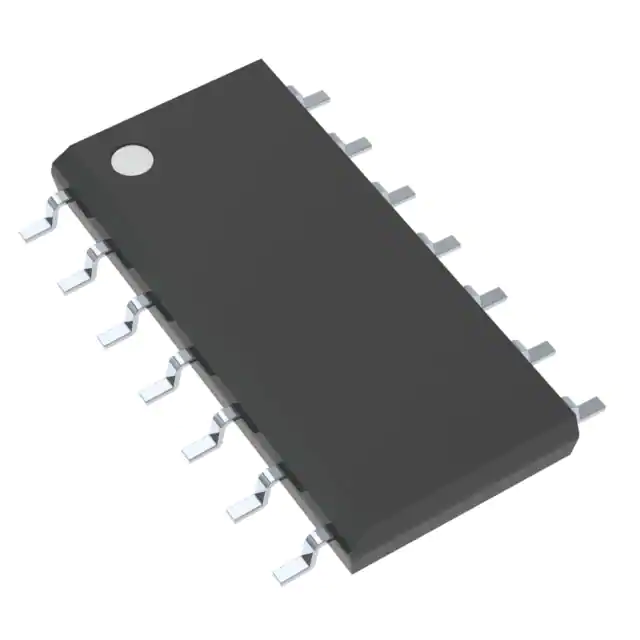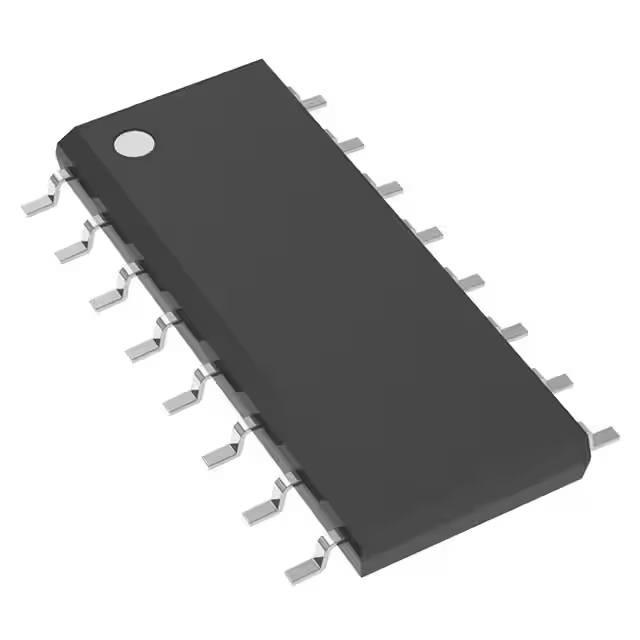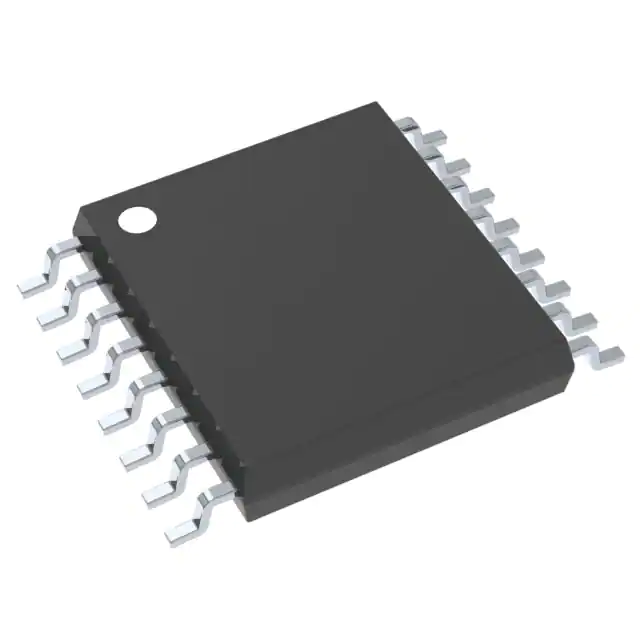SN74HC595N Shift Register: Everything You Need to Know

- Part No.:
- SN74HC595N
- Manufacturer:
- Texas Instruments
- Package:
- 16-DIP (0.300", 7.62mm)
- Description:
- IC 8-BIT SHIFT REGISTER 16-DIP
- Quantity:
- Payment:

- Shipping:

Article Details
- Details
- Specifications
- Comparison
The SN74HC595N is one of the most versatile and beginner-friendly 8-bit serial-in parallel-out shift registers on the market. Whether you're an Arduino enthusiast, a Raspberry Pi maker, or building embedded systems for commercial products, the SN74HC595N can help you extend outputs, save GPIO pins, and create efficient LED or display circuits with ease.
SN74HC164N: Only shift register, no latch
SN74HC595N: Shift register + latch + 3-state outputs
For LED projects or outputs that need to stay stable while shifting data, SN74HC595N wins hands down.
Also, if you're wondering, "is a sn74hc595n a h bridge?" - No, it's not an H-bridge. It's only for digital output, not for driving motors bi-directionally like H-bridges do.
What is SN74HC595N?
The SN74HC595N is a DIP-packaged 16-pin shift register IC produced by Texas Instruments. It takes serial data input and converts it into 8-bit parallel outputs. This makes it ideal for applications where microcontroller I/O pins are limited but more outputs are needed - like controlling LEDs, 7-segment displays, or even small motors.Key Features of the SN74HC595N
- 8-bit serial-in, parallel-out
- 3-state output for easy connection to data buses
- Low power consumption
- Clock and latch inputs for better control
- Output enable pin
- Fast switching time
- Wide voltage range: 2V to 6V
- Current output up to 35mA per pin
SN74HC595N Pinout: Understanding the Basics
One of the most commonly searched terms is "sn74hc595n led pinout." Here's a quick breakdown:|
Pin |
1 | 2 | 3 | 4 | 5 | 6 | 7 | 8 | 9 | 10 | 11 | 12 | 13 | 14 | 15 | 16 |
|
Name |
Q1 | Q2 | Q3 | Q4 | Q5 | Q6 | Q7 | GND |
Q7' (Serial) |
MR |
SH_CP |
SH_CP |
OE |
DS |
Q0 |
Vcc |
|
Function |
Output pin 1 |
Output pin 2 |
Output pin 3 |
Output pin 4 |
Output pin 5 |
Output pin 6 |
Output pin 7 |
Ground |
Serial Out for daisy chaining |
Master Reset (active LOW) |
Shift Register Clock Input |
Storage Register Clock Input |
Output Enable (active LOW) |
Serial Data Input |
Output pin 0 |
Power supply |
SN74HC595N Arduino Applications
The sn74hc595n arduino combo is legendary. You can control 8 LEDs with just 3 pins from your Arduino board: data, clock, and latch.Daisy Chaining SN74HC595N Shift Registers
One of the standout capabilities of this IC is daisy chaining sn74hc595n shift registers. By connecting the serial output (Q7') of one to the serial input of another, you can control 16, 24, or even 64 outputs - all using just three Arduino pins. This makes it a game-changer in LED matrix displays, control panels, or MIDI controllers.SN74HC595N vs 74HC595 & SN74HC164N
People often compare sn74hc595n vs 74hc595, and the truth is - they're largely identical. The SN prefix indicates Texas Instruments branding. The sn74hc164n vs sn74hc595n comparison is more interesting:SN74HC164N: Only shift register, no latch
SN74HC595N: Shift register + latch + 3-state outputs
For LED projects or outputs that need to stay stable while shifting data, SN74HC595N wins hands down.
How Fast Can SN74HC595N Operate?
A frequent technical question is: "how fast can sn74hc595n operate?" According to its datasheet, at 5V it can toggle at frequencies up to 25MHz, though in practice with Arduino, speeds above 1-2MHz are rarely used due to code and hardware limitations.SN74HC595N Noise Considerations
When switching high-current loads (like many LEDs or relays), the sn74hc595n noise factor must be managed. Using decoupling capacitors (0.1µF) near the power pin and grounding unused outputs helps reduce noise and glitching.SN74HC595N Applications
The sn74hc595n applications are vast:- LED displays and matrix control
- 7-segment display drivers
- Keypad or button matrix scanning
- Expanding Raspberry Pi GPIO
- Controlling relays or solenoids
- Digital I/O extension for automation
Raspberry Pi & SN74HC595N
For those using sn74hc595n raspberry pi, the same principles apply as with Arduino. GPIO pins on the Pi are connected to data, clock, and latch. Python libraries like RPi.GPIO or GPIO Zero work seamlessly to control the register.SN74HC595N Projects & Use Cases
If you're looking for a sn74hc595n project, here are some beginner-friendly and advanced ideas:- Build an 8x8 LED matrix using 2 SN74HC595Ns
- Create a shift-register-based MIDI controller
- Make a binary clock
- Add more buttons and outputs to a Raspberry Pi GPIO board
- Build a scrolling text display
Other Mentions: 1538HXL, 93DN8WY, H-Bridge?
You might have encountered part numbers like 1538hxl sn74hc595n or 93dn8wy sn74hc595n - these are often supplier-specific packaging codes or lot numbers.Also, if you're wondering, "is a sn74hc595n a h bridge?" - No, it's not an H-bridge. It's only for digital output, not for driving motors bi-directionally like H-bridges do.
Final Thoughts
The SN74HC595N remains a cornerstone IC for students, engineers, and makers. It's affordable, reliable, and widely supported, especially when paired with Arduino or Raspberry Pi. Whether you're adding a few LEDs or expanding a complex I/O system, the SN74HC595N is a solid bet.- Product attributes
- Attribute value
- Manufacturer:
- Texas Instruments
- Series:
- 74HC
- Package/Case:
- 16-DIP (0.300", 7.62mm)
- Packaging:
- Tube
- Product Status:
- Active
- Resistance:
- Shift Register
- Tolerance:
- Tri-State
- Power (Watts):
- 1
- Composition:
- 8
- Features:
- Serial to Parallel, Serial
- Temperature Coefficient:
- 2V ~ 6V
- Operating Temperature:
- -40°C ~ 85°C
- Supplier Device Package:
- -
- Ratings:
- -
- Size / Dimension:
- Through Hole
- Height - Seated (Max):
- 16-PDIP
- Number of Terminations:
- Failure Rate:
| Image |  |
 |
 |
 |
 |
| Part Number | SN74HC595N | SN74HC595NSR | SN74HC595NE4 | SN74HC595NSR-P | SN74HC595N-NG |
| Manufacturer | Texas Instruments | Texas Instruments | Texas Instruments | Texas Instruments | Texas Instruments |
| Series | 74HC | 74HC | 74HC | 74HC | 74HC |
| Package/Case | 16-DIP (0.300", 7.62mm) | 16-SOIC (0.209", 5.30mm Width) | 16-DIP (0.300", 7.62mm) | 16-SOIC (0.209", 5.30mm Width) | 16-DIP (0.300", 7.62mm) |
| Packaging | Tube | Tape & Reel (TR) | Tube | Bulk | Bulk |
| Product Status | Active | Active | Discontinued at Digi-Key | Obsolete | Obsolete |
| Logic Type | Shift Register | Shift Register | Shift Register | Shift Register | Shift Register |
| Output Type | Tri-State | Tri-State | Tri-State | Tri-State | Tri-State |
| Number of Elements | 1 | 1 | 1 | 1 | 1 |
| Number of Bits per Element | 8 | 8 | 8 | 8 | 8 |
| Function | Serial to Parallel, Serial | Serial to Parallel, Serial | Serial to Parallel, Serial | Serial to Parallel, Serial | Serial to Parallel, Serial |
| Voltage - Supply | 2V ~ 6V | 2V ~ 6V | 2V ~ 6V | 2V ~ 6V | 2V ~ 6V |
| Operating Temperature | -40°C ~ 85°C | -40°C ~ 85°C | -40°C ~ 85°C | -40°C ~ 85°C | -40°C ~ 85°C |
| Grade | - | - | - | - | - |
| Qualification | - | - | - | - | - |
| Mounting Type | Through Hole | Surface Mount | Through Hole | Surface Mount | Through Hole |
| Supplier Device Package | 16-PDIP | 16-SO | 16-PDIP | 16-SO | 16-PDIP |
inventory:8,798
Please send an inquiry. Send us your inquiry, and we will respond immediately.
-
SN74HC164DR
Texas Instruments
-
SN74HC595DR
Texas Instruments
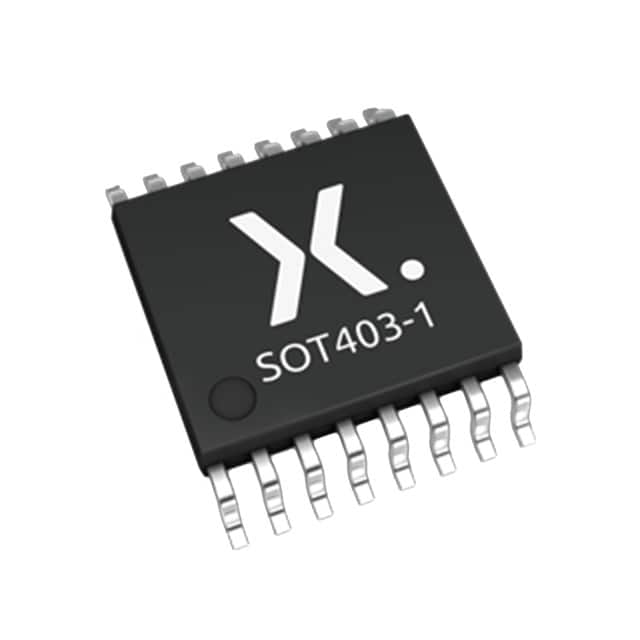
-
74HC595PW,118
Nexperia USA Inc.
-
SN74HC165PWR
Texas Instruments
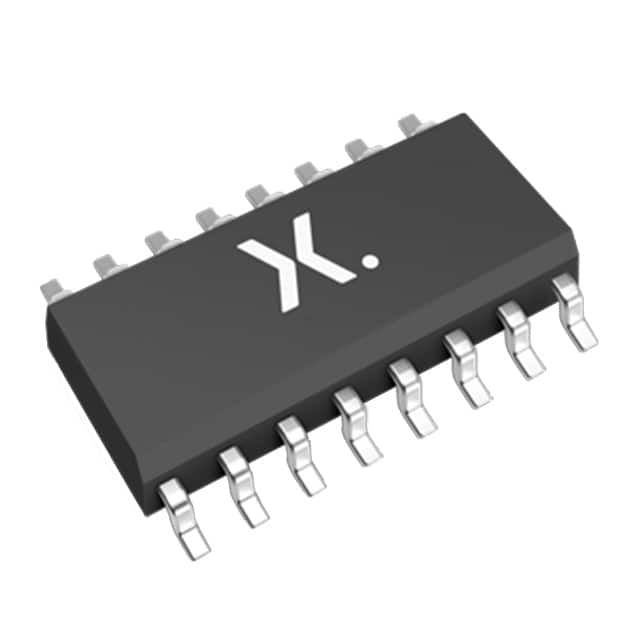
-
HEF4094BT,653
Nexperia USA Inc.
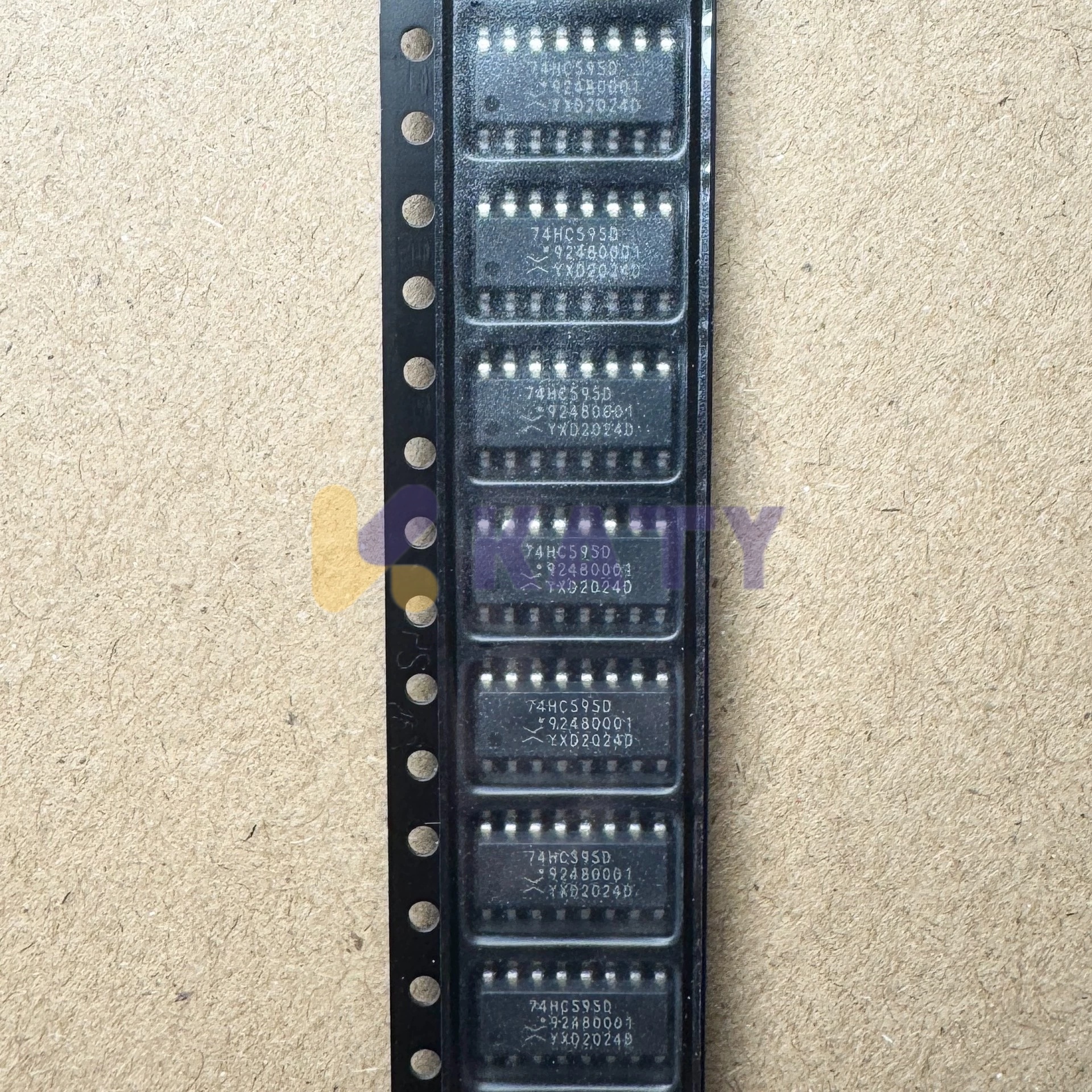
-
74HC595D,118
Nexperia USA Inc.

